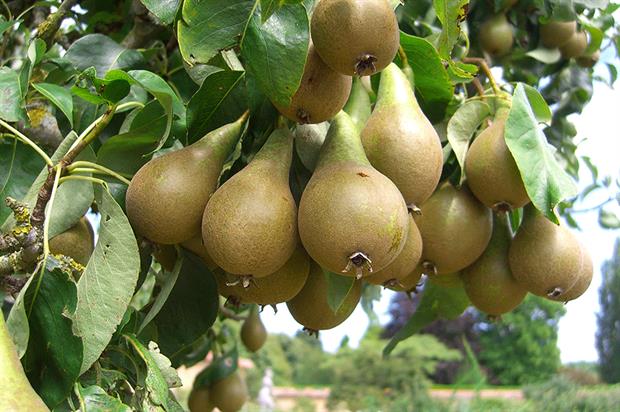Source: hortweek.com
Published: January 22, 2016
NOTE: You need a Horticulture Week account to read the full article.
Agroforestry, combining field growing with trees for timber or fruit, can meet environmental goals while maintaining or even enhancing productivity, according to the Irish Organic Farmers & Growers Association (IOFGA).

Image: Morguefile
Its development officer Grace Maher pointed out that Ireland has the highest proportion of land under grass in the EU at 48 per cent, and the second lowest amount of woodland cover at 11 per cent, ahead only of Malta. “In order to mitigate climate change, Ireland needs to plant more trees,” she said, adding that agroforestry allows farmers to achieve this while maintaining grass or field crops.
Ireland’s farmers “are the new foresters”, given that afforestation schemes have led to the establishment of 26,000 private plantations in Ireland since 1980, most owned by farmers, she said, with further measures now encouraging farmers to plant more trees.
Government forestry inspector Eugene Curran said agroforestry “can provide landowners with a renewable energy source, offset carbon emissions from other farming practices, reduce nutrient input and run-off, stabilise drainage, enhance animal welfare, improve animal nutrition, increase biodiversity, enhance the landscape and in some cases increase productivity”.
IOFGA-registered Co Tipperary farmer Richard Auler put in a 4.2ha agroforestry plot a year ago, consisting of apples, walnuts, sweet chestnuts, hazelnuts and willow, planted in 10m-wide rows to allow for grazing sheep and silage cutting. “I hope it will suit this area and remain extremely productive,” he said. But Maher admitted that the uptake on agroforestry “remains low”, due in part to the complexity of funding measures.
